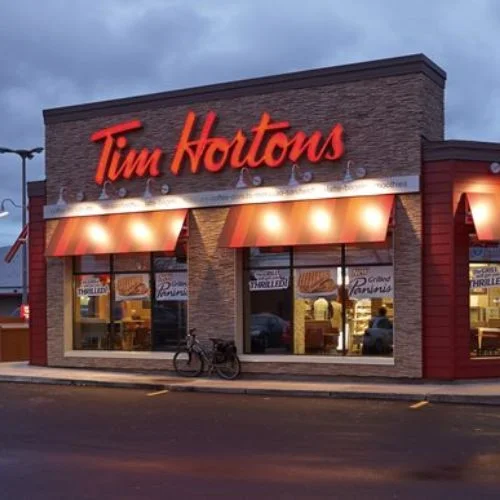In the July-September quarter of 2023, India’s consumer goods sector demonstrated a remarkable 9% growth in value, signifying a positive shift in consumer spending power, especially in rural areas. This noteworthy development was unveiled in a report by NielsenIQ on a Tuesday.
Rural Markets on a Steady Path to Recovery
The report highlighted the consistent recovery of rural markets during the third quarter, with a substantial increase in sales volumes of 6.4%. This upturn followed a somewhat sluggish performance in the June quarter, where rural sales had grown by a mere 4%. The contrast is even more striking when compared to the preceding four quarters, during which rural market volumes had experienced a decline of approximately 2% to 5%.
Challenges to Rural Consumer Goods Demand
Rural India had faced the challenges of subdued consumer goods demand due to the rising prices of everyday necessities like milk and wheat flour. These soaring prices compelled people to cut back on spending, affecting both essential and discretionary items. The impact of these challenges on rural consumers has been significant.
Factors Behind the Revival
However, several factors have contributed to the recent turnaround. Slower price increases, a decline in unemployment rates, and the government’s decision to reduce cooking gas prices have collectively bolstered consumers’ willingness to spend. Satish Pillai, the Managing Director at NIQ India, emphasized these factors as key drivers behind the resurgence in rural consumer goods spending.
Economic Indicators and Spending Trends
During this period, India’s retail inflation surged to a 15-month high in July but moderated in August and September. The unemployment rate also witnessed fluctuations, with a decrease to 7.1% in September and a subsequent increase to over 10% in October, according to data from the Centre For Monitoring Indian Economy.
Shifting Consumer Preferences
A noteworthy trend in consumer behavior is the increased spending on discretionary categories such as personal care and home care products, indicating a willingness among rural consumers to invest in items beyond essential commodities. This shift is significant and signifies improving economic conditions in these areas.
Notable Growth in Certain Product Categories
According to the report, impulse food categories continued to exhibit strong growth, and there was a visible recovery in habit-forming categories like biscuits, tea, noodles, and coffee. This rebound came after five quarters of relatively sluggish performance in these segments.
Urban Areas Maintain Steady Growth
While rural markets displayed signs of recovery, urban areas maintained a stable rate of growth in consumption. This urban-rural contrast underscores the continuing evolution of the Indian consumer landscape.
Retail Sector Performance
Within the retail sector, modern trade experienced remarkable growth of 19.5% during the third quarter, whereas traditional trade saw a respectable rise of 7.5% in consumption. Modern trade includes large supermarket chains, while traditional trade is comprised of small, local mom-and-pop stores.
Optimism for the Festive Season
In conclusion, the renewed optimism and improved consumer spending across both rural and urban areas bode well for the upcoming festive season, offering hope for further economic recovery and growth in the Indian consumer goods sector.















